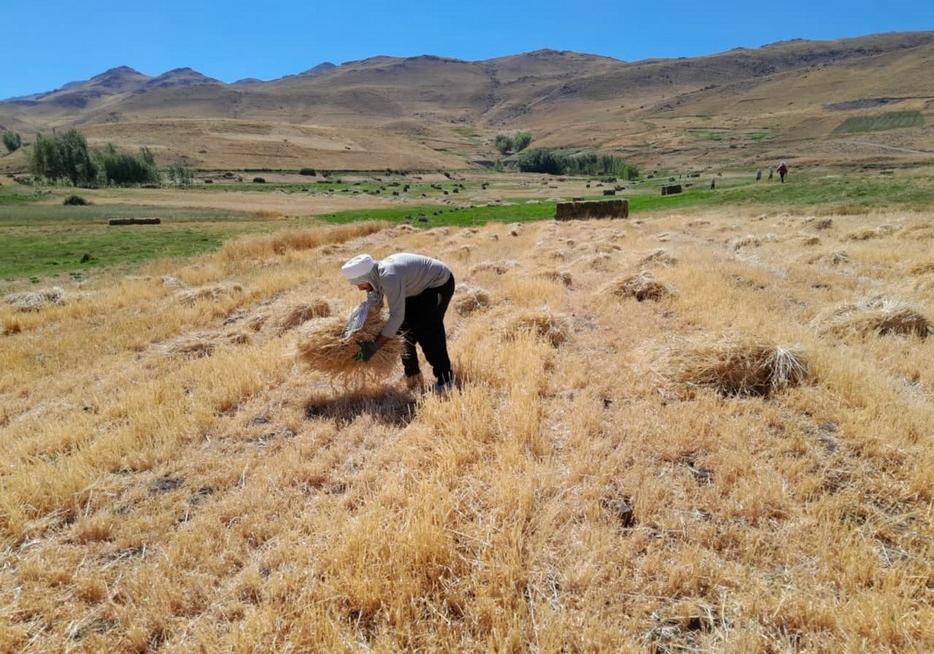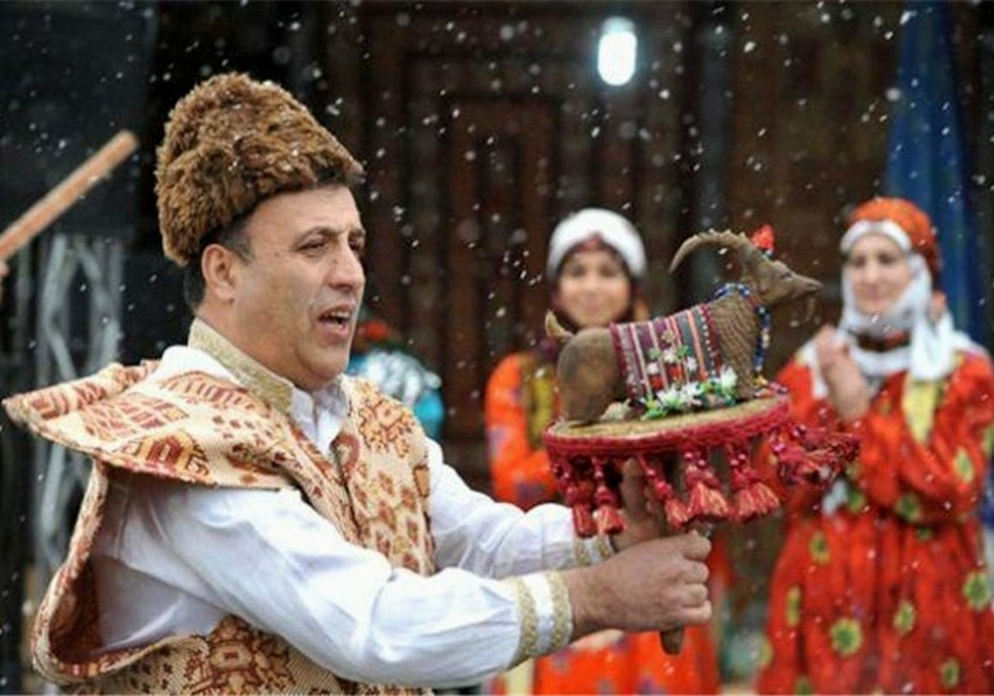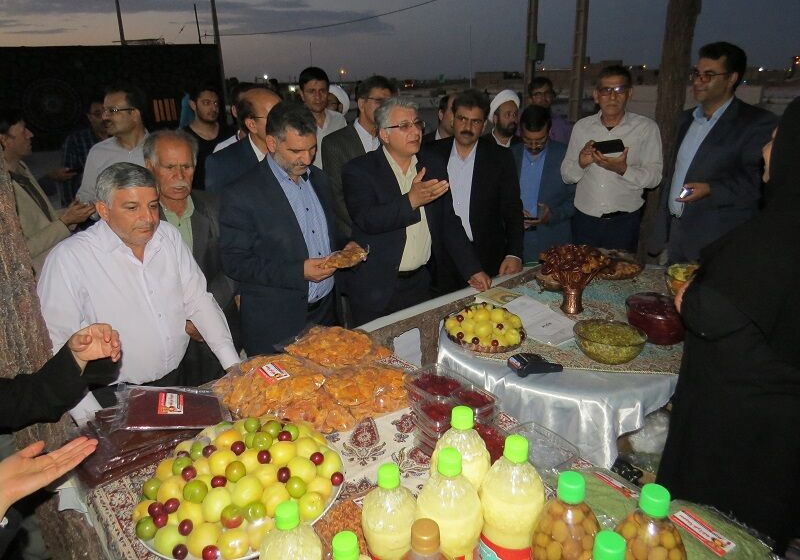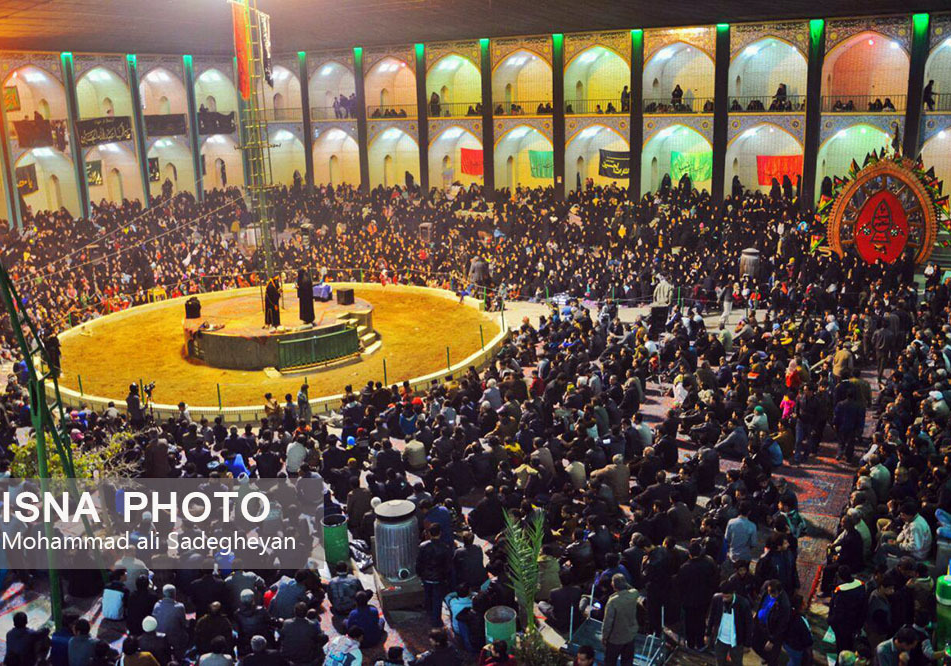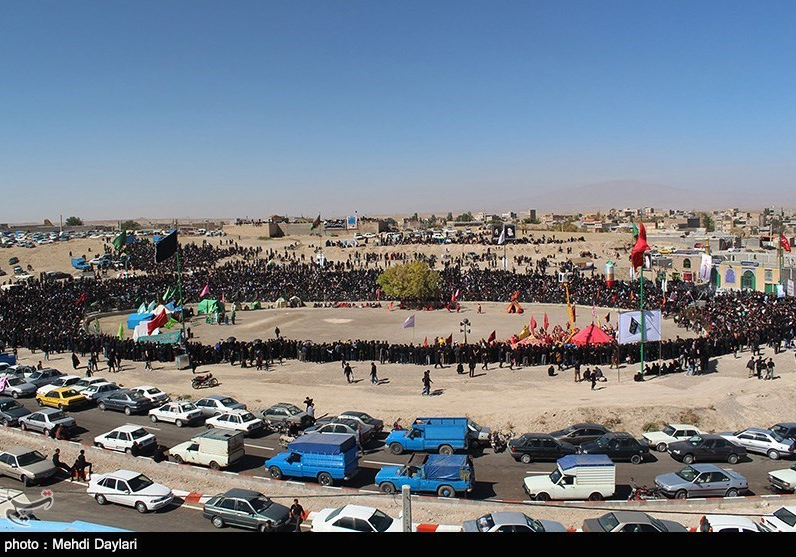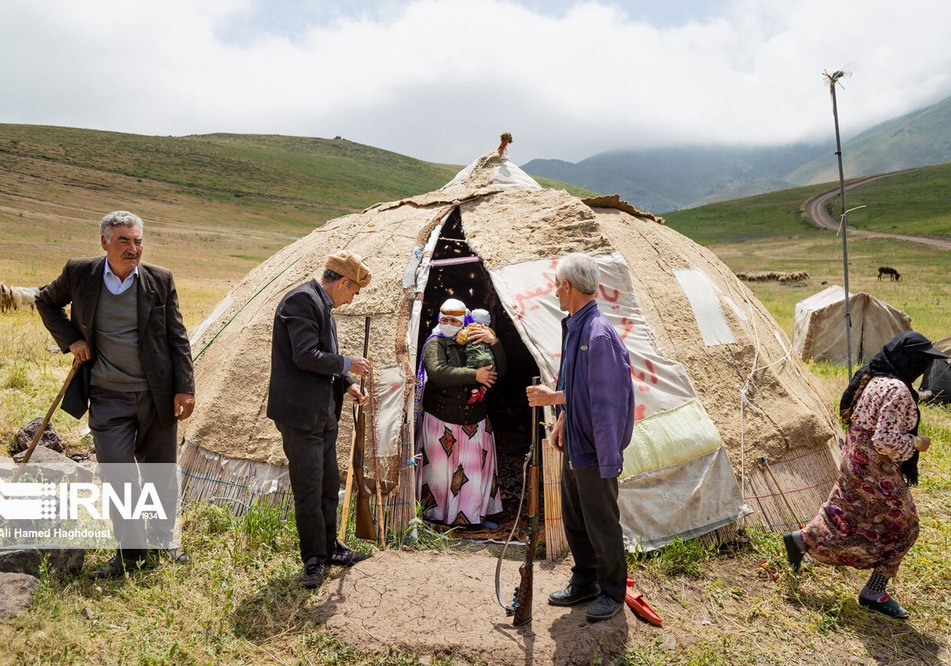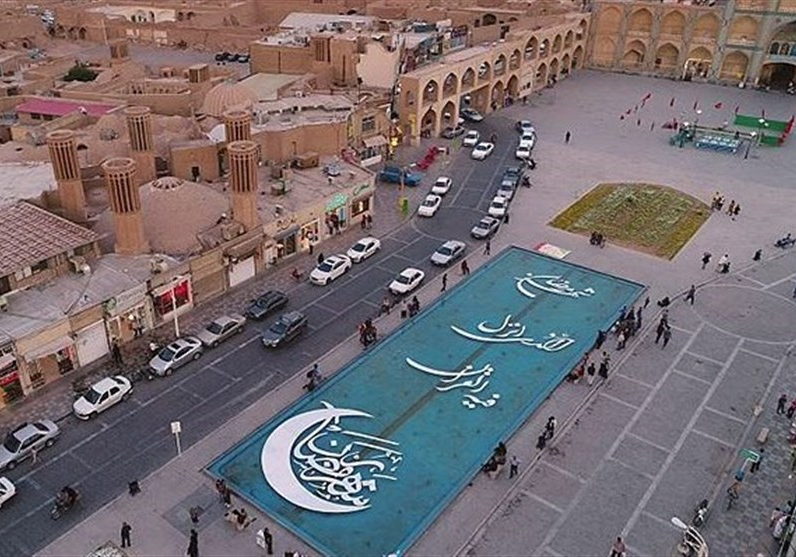
Sangsari Tribe of Iran
According to historical evidence, in the first millennium BC, the Medes were the only monogamous people of Iran and the Persis and Parthians lived a semi-nomadic life and traveled to Yaylak (summer place) and Qishlaq (winter place) at different times of the year; following the on the footsteps of older inhabitants of the land of Iran. This way of life is still alive in Iran and different tribes are known as nomads in different parts of Iran’s geography. In recent years, efforts have been made to record the traditions, customs, and rituals related to the nomadic life in Iran, so that this precious treasure will be saved from being forgotten. The nomadic lifestyle of the Sangsari Tribe is one of the things that have been the subject of research by researchers on the cultural heritage of Iran and has been inscribed on the list of Iran’s intangible national heritage.
Features of the Nomadic Lifestyle of Sangsari Tribe
Sangsari Tribe is one of the nomadic communities of Iran who live on the slopes of the Alborz Mountain Range. The origin of this clan is the city of Mehdishahr in Semnan Province. This city was previously called Sangsar because of the presence of this tribe. It is said that the trekking route of the migration of this tribe is the longest trekking route in the world and the distance between its two ends is about 1500 km. The extension of the migration route of this tribe on the ancient Silk Road, which was the most important road connecting China to Iran for centuries, is one of the signs of the ancient history of the Sangsari Tribe.
The route of the migration of the Sangsari Tribe passes through 11 provinces of Iran and consists of three main sections, each of which has a special title in the culture and dialect of the people of this tribe:
• Band Route: It is a mountain route that starts from the north of the Alborz Mountain Range and Mojen City in Shahrud County and ends in Mehdishahr and Rezaabad Village after crossing the northern slopes of Damghan City. This route is usually used during the hot season of the year.
• Tak (single) Route: The longest part of the route of the migration of the Sangsari Tribe, which starts from the western parts of Khorasan and ends in Damavand and Polour Village after passing through the Meyami and Shahrud counties. It is possible that the Sangsari people, at times, enter the border of Golestan Province while traversing this part of the route.
• Mianband Route: The starting point of the route is at “Silk Bridge” in Meyami City and it ends in Rezaabad Village after passing through Damghan and Shahrud counties.
In the course of this long route, various activities, customs, and ceremonies are performed in their traditional form to entertain themselves and to reduce the fatigue caused by the long route as much as possible. Nomadic tents are set up in each place and clan members have a get-together. In this get-together, they sometimes sacrifice a sheep and share its meat. The people of this tribe are quite familiar and in harmony with the nature of the route they traverse, and despite all the difficulties of the journey, there is an exemplary vitality among them. Along the way, the women of the tribe fill their time by spinning or sewing clothes that are very famous and beautiful. Production of dairy products is another activity that Sangsari people are famous for. This tribe produces 81 types of dairy products from the milk they get from their cattle. “Arsheh” is one of these dairy products, which are prepared using cheese and a small amount of oil, flour, and turmeric or saffron. To prepare Arsheh cheese, it is roasted in a painstaking and precise process to produce a yellow and very nutritious product. In the course of their long migration route, the Sangsari people sell their products to the local people and in this way create close economic and cultural relations with them, such that the migration of the Sangsari tribe can be considered a bridge of communication between the people of a large area of Iran. Sangsari people also bake more than 40 types of bread and Sangsari sheep have high-quality meat. Among the local butchers, it is a common saying that half the weight of the live sheep of this tribe is pure meat! Due to the fact that these sheep, too, go through the long migration route and feed on fresh pastures, their meat has less fat and is more delicious.
National Register of Sangsari Tribe Nomadic Routes
The lifestyle of the Sangsari people was inscribed on the list of Iran’s intangible national heritage - in the name of Mehdishahr City of Semnan province- in the year 2019 AD.
| Name | Sangsari Tribe of Iran |
| Country | Iran |
| State | Semnan |
| City | Mehdishahr |
| Type | Other |
| Registration | National |
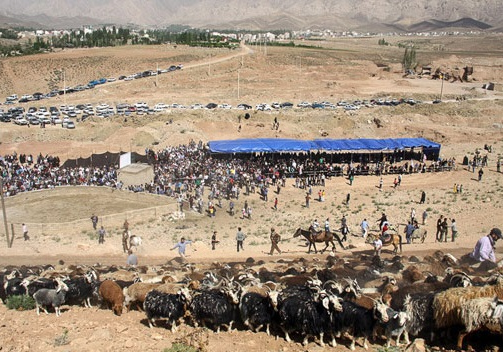
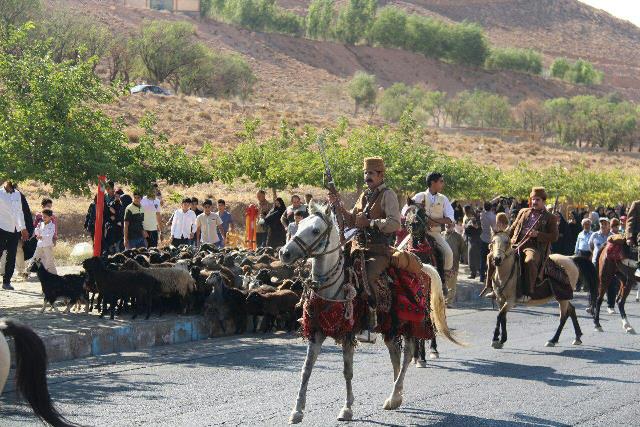
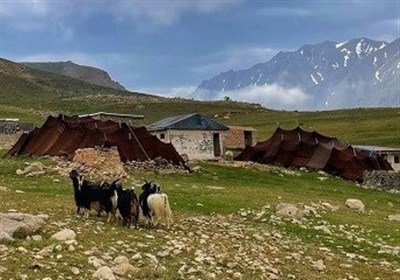
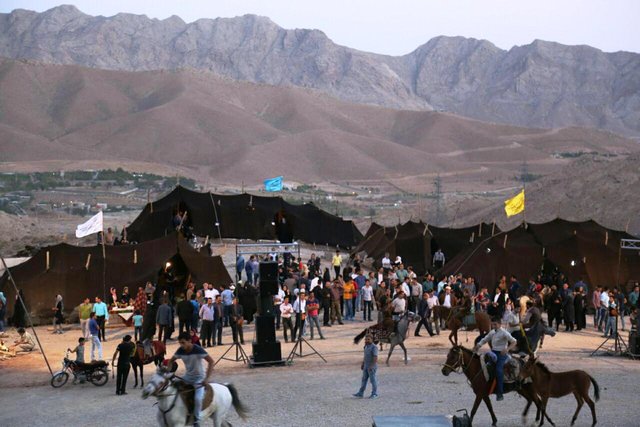




Choose blindless
Red blindless Green blindless Blue blindless Red hard to see Green hard to see Blue hard to see Monochrome Special MonochromeFont size change:
Change word spacing:
Change line height:
Change mouse type:
